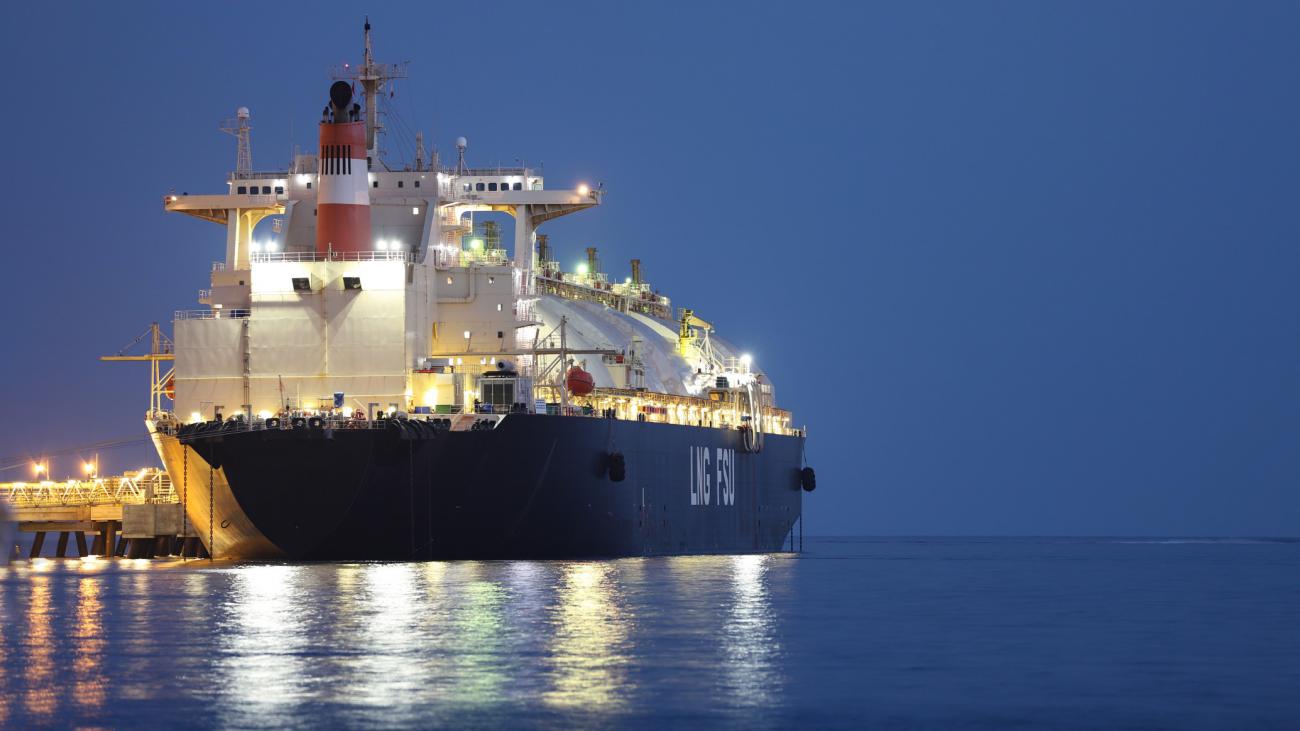A recent complaint by China about risks from Elon Musk’s Starlink satellite network is a reminder that the US-China rivalry extends to space, and has stirred rare criticism in the country of one of the few American entrepreneurs who remains popular with the Chinese public.
In a note (pdf) sent to the United Nations Office for Outer Space Affairs on Dec. 3, China described two “close encounters” between its yet to be completed space station and two SpaceX satellites that are part of the Starlink constellation, a network of more than 1,700 satellites that delivers internet from space.
The incidents took place on July 1 and Oct. 21, and China responded with evasive maneuvers. Though China’s note didn’t offer details, space agencies or firms typically take evasive action if there is a 1 in 10,000 chance of a collision. Referring to the Outer Space Treaty, a multilateral agreement that forms the backbone of international space law, China called on the UN’s secretary-general to circulate the information about the incidents to the treaty’s parties and remind them of their responsibilities for all national space activities, including by private players like Musk’s aerospace firm.
SpaceX did not immediately respond to a request for comment.
As Quartz has previously written, in the absence of a global space traffic management system, the space community has concerns about the risks of collision with the growing numbers of satellites in space. Starlink alone will number in the thousands. Hugh Lewis, a space debris expert at the University of Southampton in the UK, estimates that Starlink satellites are presently responsible for half of all close encounters in low orbit, referring to incidents where two spacecraft pass within 1 kilometer (0.6 miles) of one another. SpaceX has said its satellites are programmed to autonomously prevent collisions.
A Chinese expert interviewed by hawkish Chinese state newspaper Global Times, noted that SpaceX is a supplier to the US defense department, and speculated that the incidents could be a way to test the sophistication of China’s aerospace technology. “By approaching you dangerously, I want to see whether you can detect it. After detection, what technology is used to evade, and can you return to the original orbit?” said Chinese aerospace expert Zhang Baoxin.
Meanwhile, on Musk’s page on Chinese microblog Weibo, where the Tesla founder has nearly 2 million followers, some asked whether SpaceX is a threat to China’s space station. “Please explain…why the spaceX satellite chain is close to the Chinese space station!thankyou,” wrote a user. Still, compared to the intensifying outcry against western brands that are removing goods from Xinjiang in response to US law, the criticism towards Musk, who enjoys rock star status in China thanks to the popularity of Tesla, has been relatively mild.
Despite being a relatively latecomer to the space race, Chin has advanced quickly and is becoming a new space power, even though its commercial space prowess remains relatively behind that of the US. This year, China became the second country after the US to launch and put a rover on Mars, and has successfully sent two batches of astronauts to its space station, which is expected to be operational by the end of 2022.
China itself doesn’t have the best track record on space safety—in 2007, an anti-satellite weapon test created a large amount of space debris, while in 2018, its space lab made an uncontrolled re-entry. However its concerns about the risks from commercial space activity are valid, and shared by other space regulators.
In March, Musk’s space firm reached an agreement with NASA laying out procedures and communications to avoid collisions. Under the agreement, SpaceX will move its spacecraft in cases where evasive maneuvering is required, and NASA will not undertake such maneuvers unless otherwise advised, to reduce the risk of both sides taking action at the same time that accidentally places the spacecraft closer to one another.
Efforts to work in a similar fashion with China could be complicated by the fact that US law has barred space cooperation with China since 2011, though the US has shared collision-avoidance warnings via the State Department. But as spacefaring traffic increases, countries will have to find a way to do so to prevent accidents.
Note: This article have been indexed to our site. We do not claim legitimacy, ownership or copyright of any of the content above. To see the article at original source Click Here













